Regardless of the type of organisation you run, I assume you are in business to make a profit – bottom line! Even not-for-profits need enough income to cover costs and build reasonable surpluses for future sustainability. Unfortunately, I still come across many business owners that are obsessed with turnover and that acquiring more and more customers is the barometer for success. I talked earlier about the importance of sales and how the journey starts there, but the story ends with how much profit you take home. This is the ultimate measure of success and is a key metric in determining the value of your business. I suggest clarifying your understanding of and building adequate knowledge around the following:
BREAK-EVEN ANALYSIS
One of the first questions I ask clients is: “what is your break-even point?” Some have a gut feel, but many simply do not know. Without getting too technical and being all formulaic, I am unapologetic in my firm belief that this is something that all business owners should at least have an approximate knowledge of. A simple internet search will help you find the formula quite easily but going through the process of finding the correct numbers to plug into it will give you insights into your business on another level. Also, once you know your break-even units and dollar amounts, the process of planning for best and worst case scenarios becomes a more straightforward task and can provide further clarity around achieving your profit goals.
PROFIT & LOSS STATEMENT
Take the time to learn the basics of how your profit and loss account works. If numbers are not your thing, talk to your accountant or business advisor to help you identify some of the key areas to understand and look out for, from a business owner perspective. As someone from a financial services background, spending time with clients to interpret what the numbers mean is often a very empowering experience for them and emboldens their decision- making abilities in a substantial manner.
I recommend starting with understanding your margins and in this sense, know the difference between gross and net profit margin. Remember, these numbers are expressed as a percentage of sales. Secondly, use the consistent margin approach to plot all your major operating expenses such as wages and rent as a percentage of sales. This will not only give you relevance and relativity to the numbers but will also provide you with the ability to perform a comparative analysis from period to period.
BENCHMARKING & FORECASTING
Now that you can read the basics on your profit and loss, go the extra mile and do your research at the macro or industry level and benchmark your performance. This can help guide your thinking on where small improvements can be made to boost profitability.
Just like for cash flow, prepare a simple profit and loss forecast so you can consider things like seasonality and avoid those nasty one-off cost surprises that you did not plan for. This will also add an extra layer of focus on better expense management.
So that’s all for today, I hope you enjoyed this session. Join me for my next video which is topic number 6, where I’ll be talking about Technology!













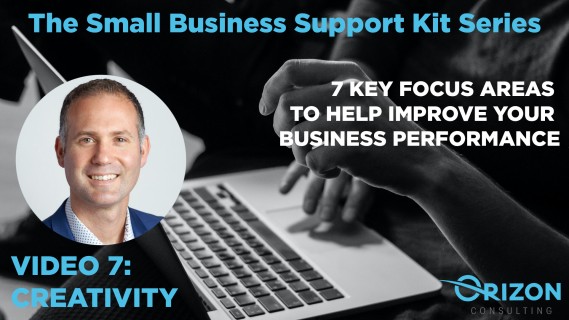

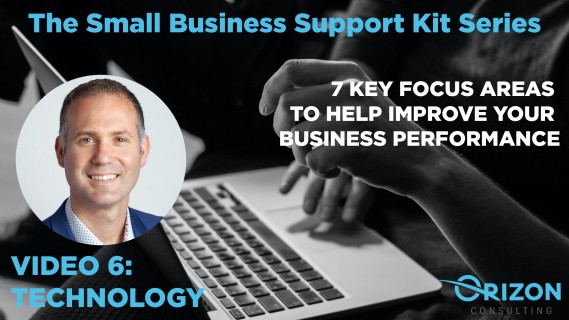










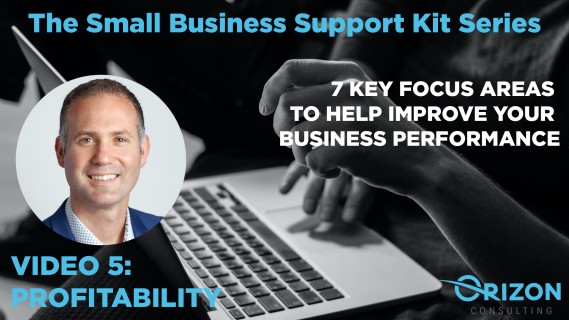













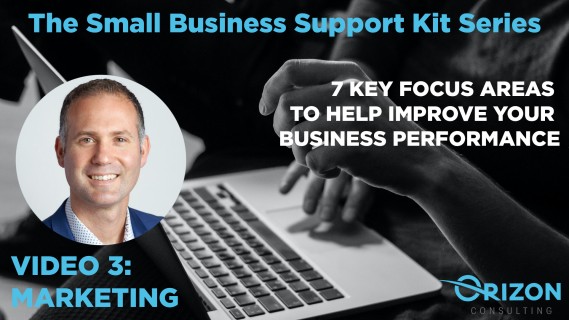
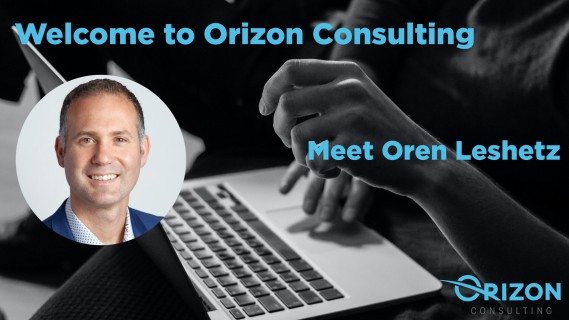
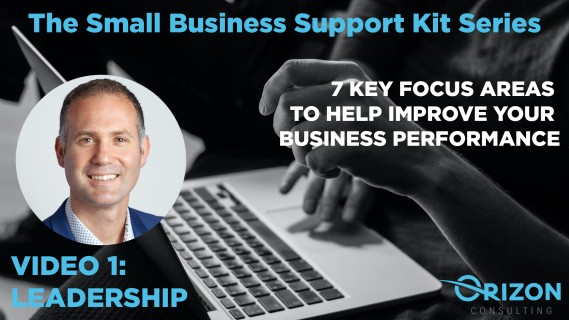
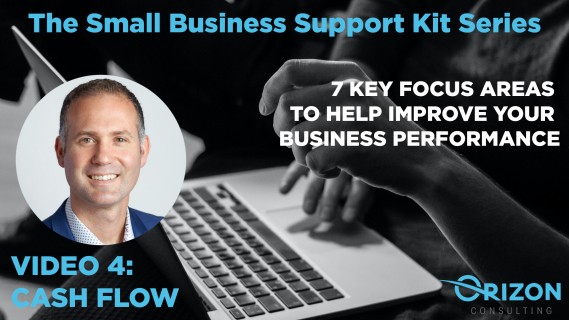
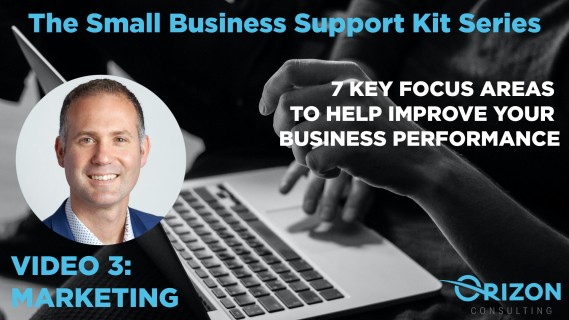
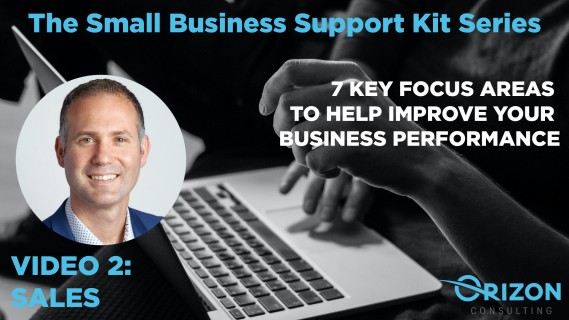




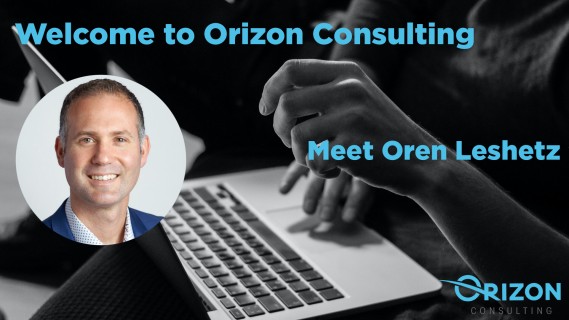





Commenting is available only to authorized / login users click below to
Create Account